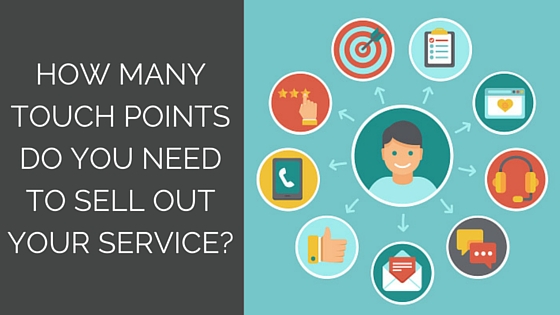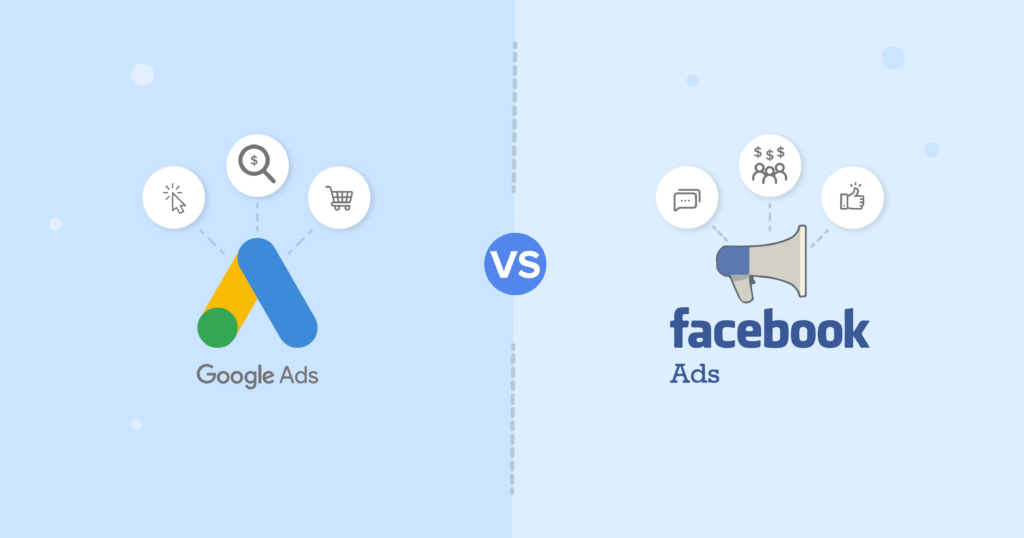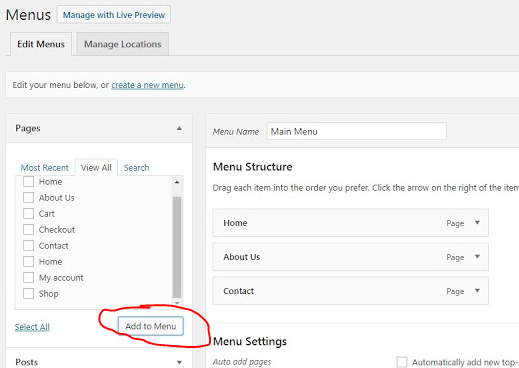Scoring Leads Like a Rock Star: Simple Steps for Effective Lead Scoring
Every interaction with a potential customer or lead is a “touch.” Your follow-up strategy hinges on understanding how many touches are needed to guide prospects through the funnel. After the right number of meaningful touches, a customer becomes ready to buy.
Lead scoring helps track these touches, offering insights into how ready a prospect is to commit. Here’s how to create a streamlined process that ensures no lead is left behind.
Don’t Let Version One Become Version None
When building your sales and marketing map, resist the urge to overcomplicate things. A two-screen-wide, color-coded masterpiece might look impressive, but for small business owners, this complexity can lead to burnout.
The solution? Keep it simple.
Start with a realistic, manageable map. Once you’ve seen results, you can always build in additional complexity later.
Building Your Map: A Simple Walkthrough
Let’s break the process down into two main parts:
- Activity Outside Automation: Marketing actions that occur manually or outside your CRM tool.
- Activity Inside Automation: Tasks that the automation software, like Infusionsoft, handles for you.
Using Excel to sketch your map simplifies the process, allowing you to track and optimize every step without being overwhelmed.
Section 1: Front-End Marketing
Answer these questions to set the foundation for your map:
- How do people know you exist? (Front-End Marketing)
- How can people find you? (Lead Generation)
- How do you interact with prospects to capture their contact information? (Offers/Lead Magnets)
For example, a dentist might offer free consultations or teeth-whitening guides as lead magnets.
Section 2: Capturing and Nurturing Leads
Once you’ve captured a lead, what’s next? Outline these steps:
- Lead Capture: What tools or systems are used to collect contacts?
- Lead Nurturing: How do you engage and persuade leads to take the next step (e.g., booking an appointment)?
- Consultation and Sales Process: What happens during consultations or pitches?
- Post-Sale Nurturing: What if a lead doesn’t convert immediately? How do you stay in touch?
- Follow-Up and Upsells: How do you retain customers and encourage repeat business?
Keep It Simple, Perfect It Later
Start with the basics. Once your lead scoring process is effective, you can add layers of complexity.
Remember:
A simple, actionable map that you can execute now is far more valuable than a detailed plan that never gets implemented.
Ready to Score Like a Rock Star?
With your map in hand, you’re ready to use your CRM to track touches, score leads, and close more sales. Keeping it manageable at the start will make it easier to achieve results and scale up as your system matures.
Lead scoring doesn’t have to be daunting—follow these steps and rock your sales and marketing game!




